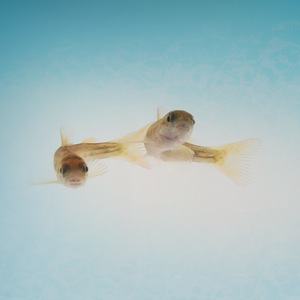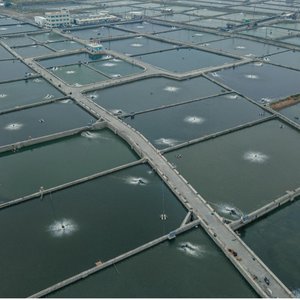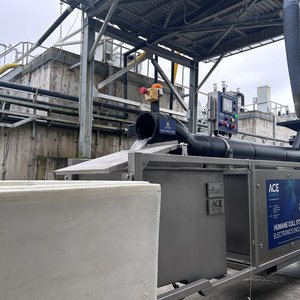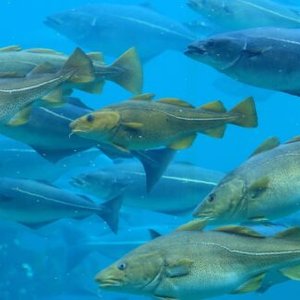The status of U.S. marine finfish species for aquaculture is the focus of a special issue of the Journal of the World Aquaculture Society. Based on a scoping workshop conducted at Florida Atlantic University Harbor Branch Oceanographic Institute, which resulted in a subsequent stakeholder survey, 18 different marine finfish species were identified as first-tier candidates to explore for increasing attention toward the expansion of U.S. marine finfish aquaculture, from which 13 species are presented in this review.
Expanding aquaculture production in the United States affords opportunities to complement fisheries in meeting domestic demand for seafood. Over 85% of the seafood Americans eat is imported, half is produced through foreign aquaculture.
This series of articles on the development of marine finfish species for commercial aquaculture production is a part of the effort to spur domestic growth in marine finfish aquaculture. The articles in this volume provide up-to-date scientific and technical knowledge needed to sustainably produce safe and nutritious fish that will lead to the creation of new economic opportunities through aquaculture in rural, urban, coastal, and inland communities. The authors, experts in the culture of their respective species, have provided a comprehensive summary of current readiness for commercialization.
The species were divided into one of three levels of industry development:
- Commercially ready: Spotted wolffish, black seabass, olive flounder, California yellowtail, white seabass, Atlantic cod, cobia, stripped bass, Florida pompano.
- Technologically feasible: Spotted seatrout, sablefish, California halibut.
- Experimental development: Tripletail.












